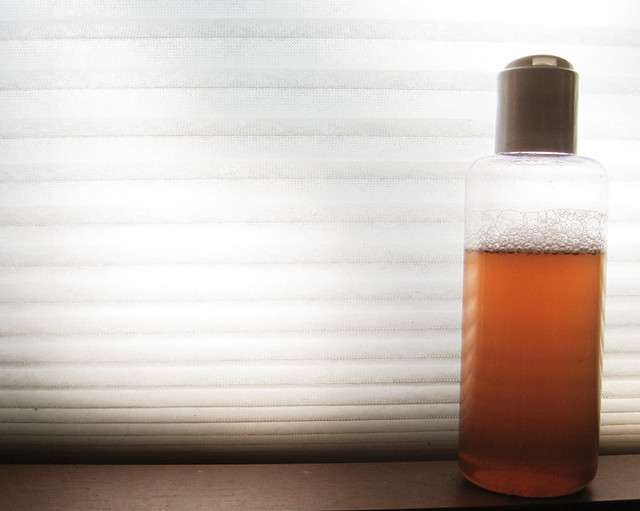
Things were fine the way they were. Nobody needed some hotshot new “fixer” boss. Especially not one who’s not only younger than you but also has a poster of a shark taking a seal out of the air on their office wall and a framed picture of Gordon Gekko on their desk. “Next item,” says Jodie. “Contracting manufacturers. We can get cheaper shampoo if we switch to a foreign firm. And what’s this about sending three batches back because they failed our color standards? Why are we still using these guys?” “We’ve been dealing with them for twenty years,” you tell her. “We’ve got a great relationship. These guys have been good to us.” “Business isn’t about friends,” Jodie says. “You’re either a shark or you’re a seal. I want a list of ten other shampoo manufacturers ranked on price and turnaround time by EOW. Next item…”
There are almost 4,0001 shampoo manufacturers in China alone. That’s a lot of sharks in the water. Which means that if, as a manufacturer, you aren’t able to deliver shampoos that consistently meet personal care product designer standards, you could end up losing contracts and clients to other manufacturers who do. In addition, each time a batch is rejected, you have to eat the cost. Not only does this include the direct ingredients, but also the plastic bottles, the printed labels, the time, labor, and power spent in production, and the cost of delivery itself. To prevent this, it’s essential to implement rigorous quality control standards2 for foam stability, detergency, conditioning, eye irritancy—and color.

In a crowded marketplace, it’s important to meet designer standards. Image Credit: Flickr User beverlyislike. (CC BY 2.0)



